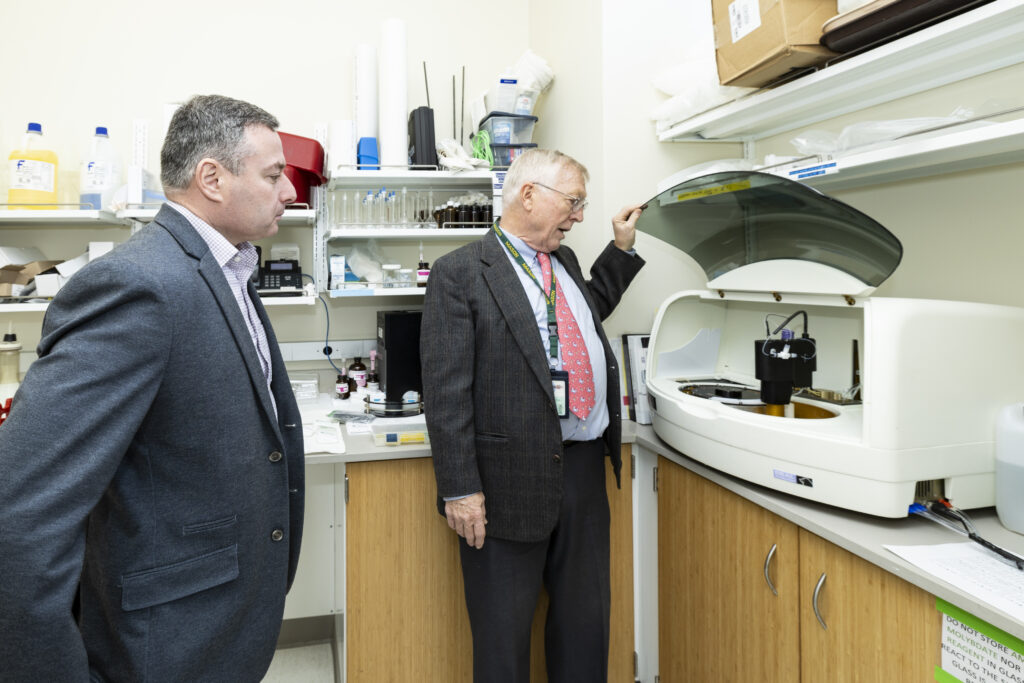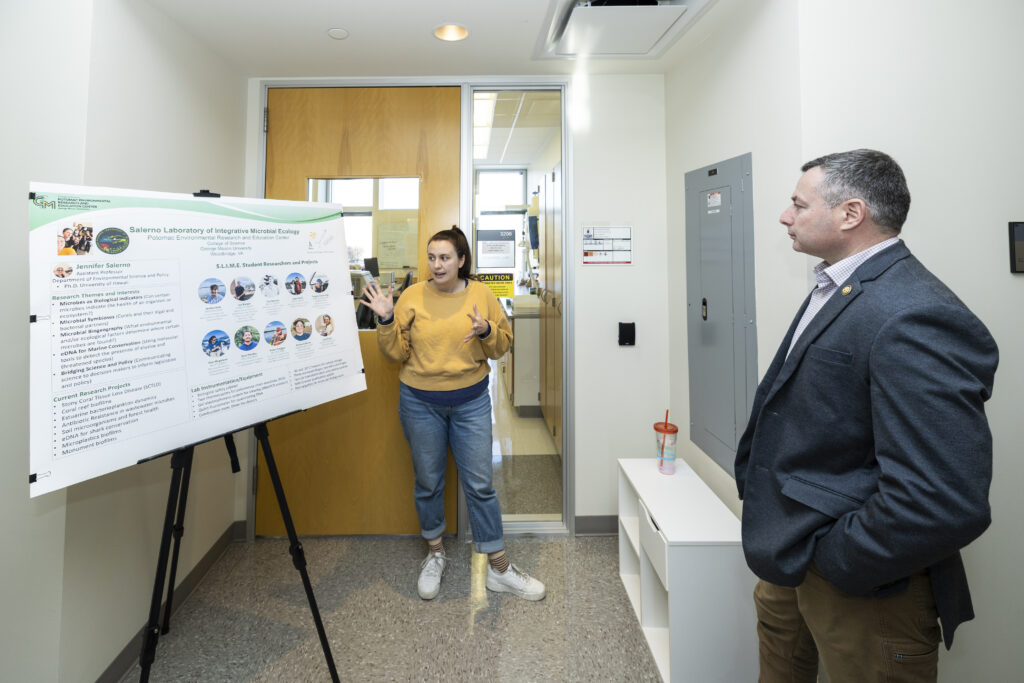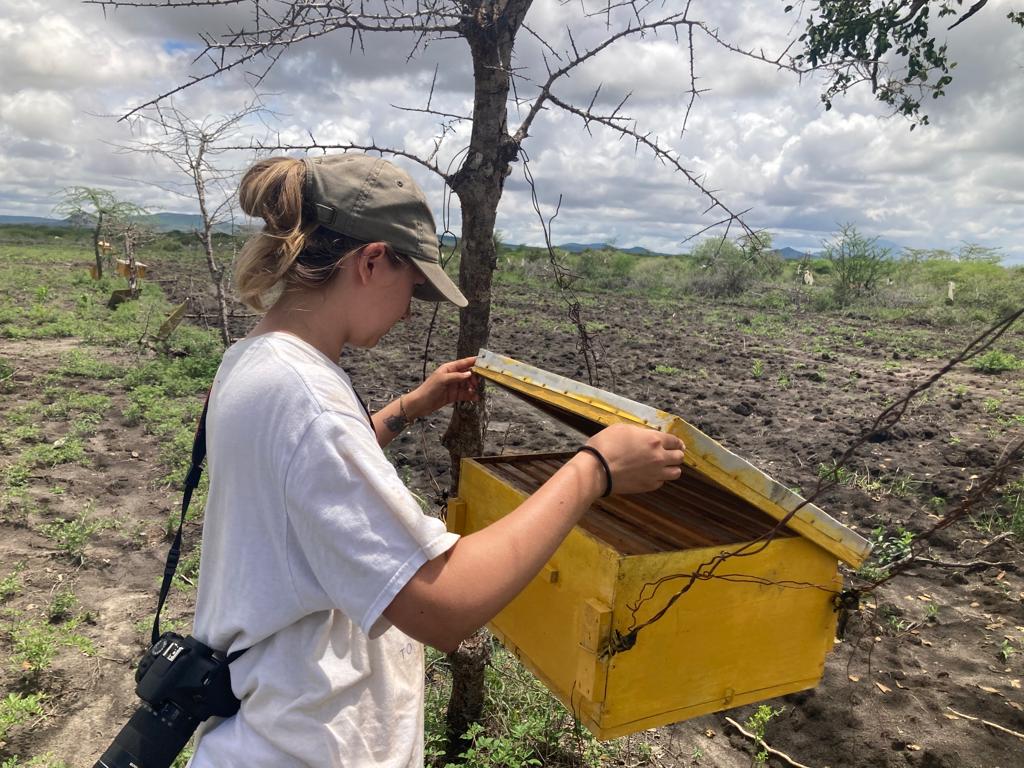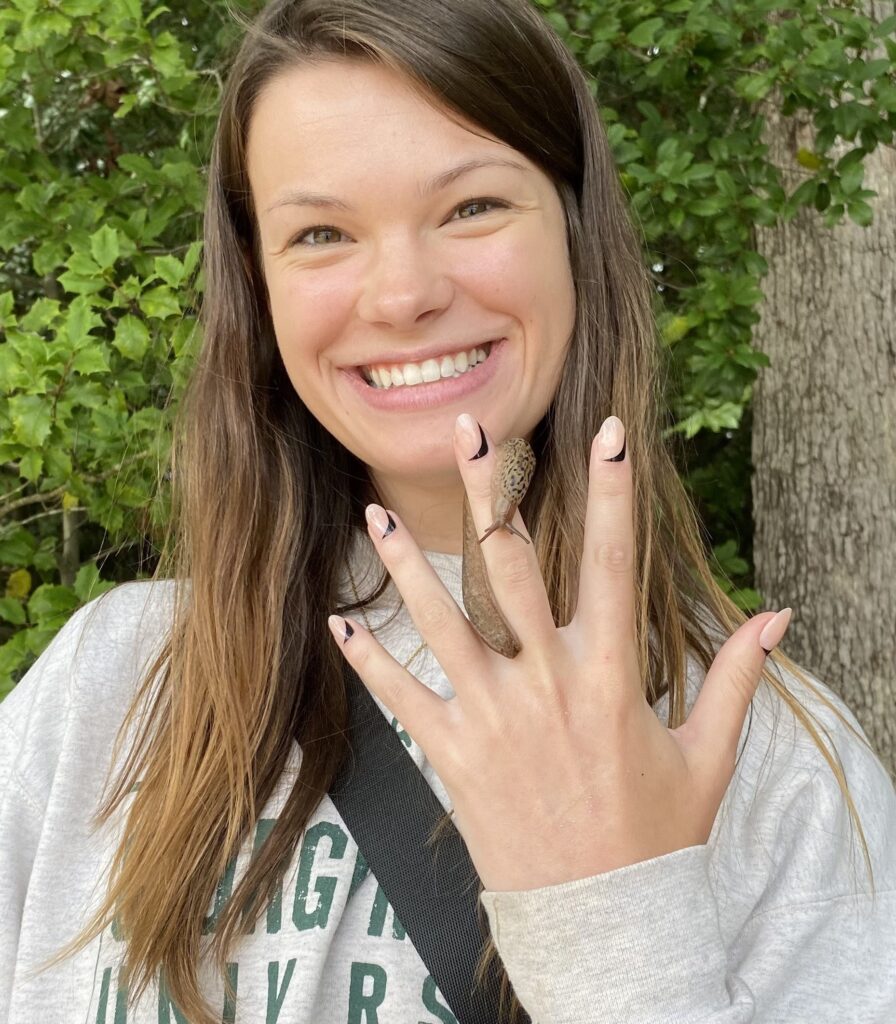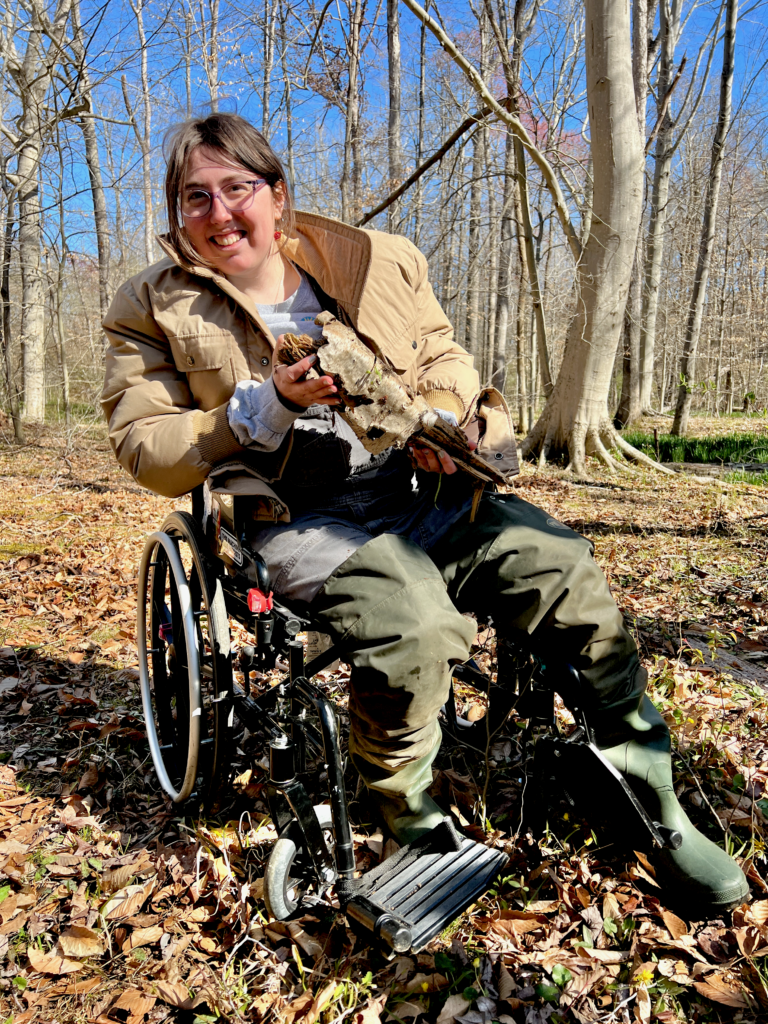On January 28, 2025, the Potomac Science Center had the pleasure of hosting Congressional Representative Eugene Vindman (VA-7) and his staff for a tour of the facility. PEREC Director Dr. Chris Jones led the tour, and Rep. Vindman met members of the many labs housed at PSC. Thank you to Rep. Vindman, his team, Ron Aira from GMU’s Creative Services, and the many lab members around PSC who shared their research with everyone!
